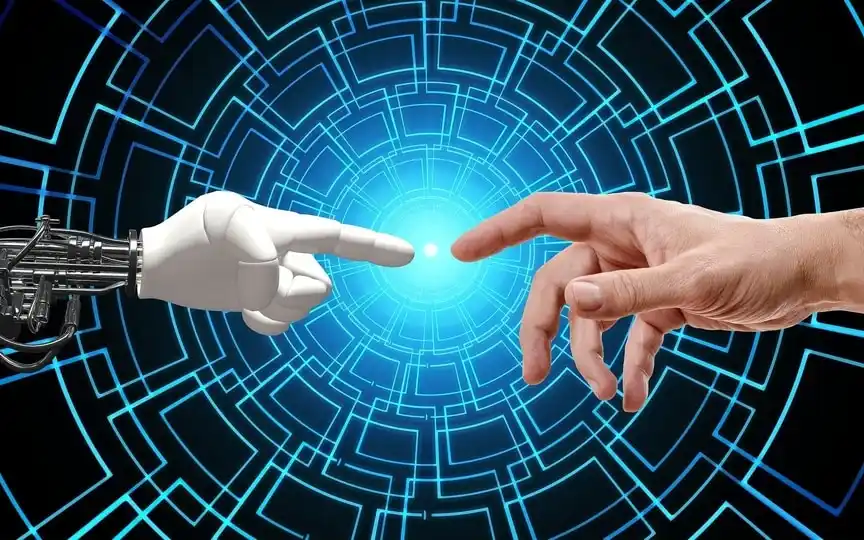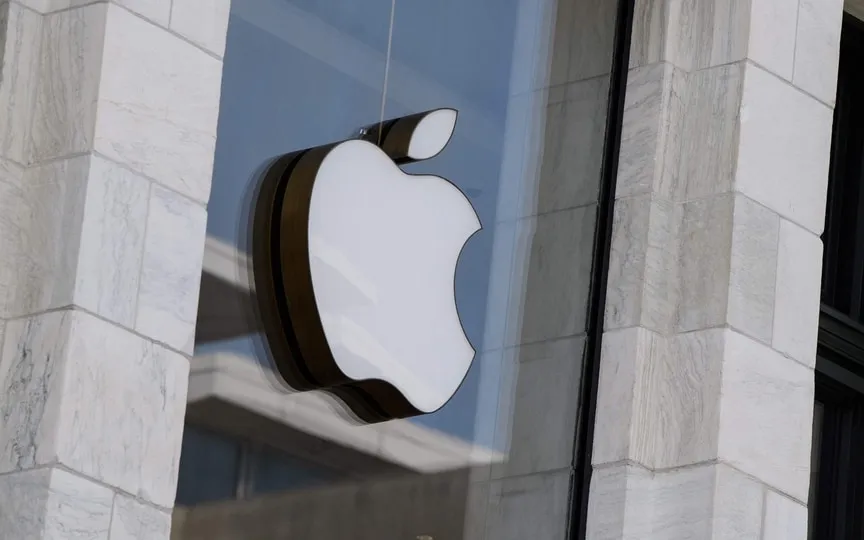Cleaning Up Climate Change: AI to the Rescue!
As world leaders, climate diplomats, and numerous attendees gather in Dubai for the United Nations climate summit, artificial intelligence has become a prominent topic of discussion. Advocates of machine learning are presenting it as a valuable tool to achieve significant reductions in emissions.
According to a new report by the Innovation for Cool Earth Forum, an international climate forum organized by the Japanese government, some of the hardest-to-decarbonize industries, such as cement and steel, could especially benefit. The final version of the report will be presented at the COP28 climate talks starting on Thursday.
The industrial sector is responsible for about a third of global carbon dioxide emissions, but machine learning models could potentially help reduce its climate costs. By determining the optimal amount of raw materials needed to create things like steel and cement, it’s possible to reduce material use and related emissions while keeping quality high, said Alp Kucukelbir, co-founder and principal scientist at artificial intelligence company Fero Labs. – wrote the report.
The steel industry is already putting artificial intelligence to work for this. In Brazil, steelmaker Gerdau used Fero Labs’ machine learning models to make its factories more efficient. According to the report, Gerdau saved $3 per ton and at the same time reduced its emissions by around 8%. (For the record, the current price of steel is around $900 per ton.)
“That’s the advantage of using software to mitigate climate change: the impact is immediate,” he said.
The machine learning model helped the company calculate how it could increase recycled raw material and reduce the amount of materials needed to maintain consistent quality. In the end, there was no need to mine and process 500,000 kilos of raw material every year.
Artificial intelligence could also be applied in an industrial environment to avoid past mistakes by leveraging historical data, quickly dealing with production problems and minimizing energy consumption, the report’s authors wrote.
The technology can also be used to develop new materials that play a key role in energy transfer, such as battery anodes and solar electricity.
New materials are usually developed by trial and error and repeated experimentation until something clicks. Artificial intelligence can help reduce the time it takes to develop materials from months to weeks. By combining an early prediction model that reduced trial time with an algorithm that reduced the number of trials, one study on maximizing battery life was able to reduce the time it took to identify fast charging techniques and minimize battery wear. from more than 500 days to 16 days.
Despite the technology’s promise to reduce emissions, artificial intelligence also poses a climate risk due to its high energy demand. Researchers have found that training a single AI-powered model can use more electricity than 100 US homes for an entire year. But the lack of transparency and the industry’s rapid growth have made it difficult to determine exactly how much energy AI is consuming.
Artificial intelligence can also be used to extend the life of fossil fuels. Oil companies are already using machine learning technology to predict the most productive drilling locations at a time when research shows the need to end the use of fossil fuels. According to a recent EY study, more than 92% of oil and gas companies are either investing in artificial intelligence or planning to invest in it in the next two years.
In November, Microsoft Corporation published a paper on accelerating sustainable development solutions using artificial intelligence, which addressed the issue of energy. “As the infrastructure needed to support AI models expands, the demand for resources such as energy and water will increase,” the authors wrote.
“One of the things we’re looking at in this paper is really understanding where the energy consumption is coming from,” Melanie Nakagawa, director of sustainability, said of Microsoft’s evolving understanding of AI’s energy problem.
Along with energy consumption, security is another risk to consider when using artificial intelligence for climate problems. AI models can go wrong, with one study finding inaccuracies in more than half of ChatGPT’s responses.
While it’s not always possible to eliminate the risk of imprecision or uncertainty, it’s important for AI tools to measure and communicate uncertainty so users can respond appropriately, says Juliet Rothenberg, climate AI product manager at Alphabet Inc. Google. He said that other human safeguards can also be useful in reducing risk, such as having a human look at the result produced by the AI.
He said that the company’s project focused on optimizing traffic lights shows one way forward. Google’s artificial intelligence technology analyzed traffic patterns in cities and gave designers recommendations on the placement of brake lights to reduce idling and excessive carbon dioxide emissions. Ultimately, traffic engineers had the final say on whether or not to follow the recommendations.
“We think it’s very important that human and contextual awareness and really working closely with stakeholders is very important,” Rothenberg said.




